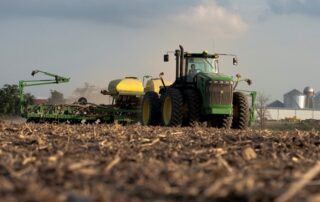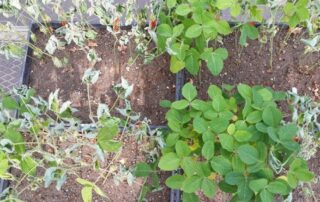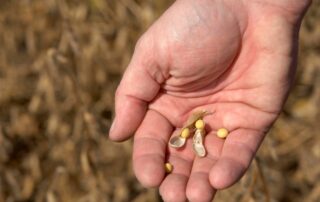Agronomy: Soybean Stocks Estimate to be Overshadowed by Planting Intentions?
URBANA, Ill. – The USDA’s estimate of Dec. 1, 2014, stocks of U.S. soybeans was surprisingly small, according to University of Illinois agricultural economist [...]
Disease Management: Research: Climate Change Fosters Charcoal Rot
With over 100 diseases that can attack soybean crops, why would charcoal rot rise to the top of the most wanted list? University of [...]
Agronomy: How Many Acres of Soybeans are Needed?
This article originally appeared in University of Illinois’ ACES College Agriculture News and has been reposted with permission. URBANA, Ill. – The USDA’s survey of U.S. [...]





 and then
and then